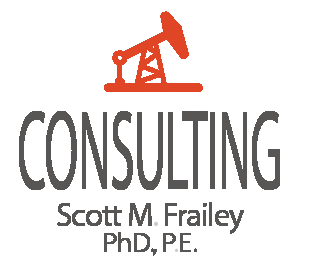Following primary production, water injection is very effective at recovering as much oil as primary production. In the Illinois Basin, our rule-of-thumb is to expect primary recovery to equal water flood recover (Richard F. Mast, Richard H. Howard, 1991). Choice of injectors is not always obvious and may be chosen as the poorest producing well, in fact more oil may be produced from poorer wells if the best oil producing well is chosen as the injector. Of course, this depends on the location of the injector with respect to the producing wells.
Also, counter intuitive is that to have higher oil production may require more water injectors than oil producers. For example, will four producers with a water injector in the middle produce more oil than one oil producer surrounded by four injectors. Depending on the geologic boundaries of the reservoir, the two option may be similar if the geologic boundary are pinchouts. If the boundaries are extensive then surrounding a producer with water injectors will produce more oil.
A successful waterflood is an indication that injector-producer pairs are in geologic connection, and, therefore, CO2 can also move oil to producers. The added performance issue for CO2 is the magnitude of increased oil recovery beyond what water was able to accomplish. Oil recovery by CO2 requires CO2 to contact oil at a specific designed pressure (i.e. miscibility pressure) to have the highest oil production.
I am able to work with you to design and interpret results of your waterflood and CO2 flood responses to water and CO2 injection to maximize oil production.
(For water injection or CO2 injection pilots, see our pilot design page. www.smf-res-eng/)
| Illinois Basin CO2 EOR pilot Design
Image of baseline projection and CO2 EOR
Identification of reservoir behavior to find those parts of the reservoir that are underperforming. |
– CO2 and Water Flood Surveillance
· Pattern analyses · Pressure monitoring · Recovery efficiency · Pattern balance · Pattern realignment · Conformance · Connectivity – CO2 and Water Flood Development · Develop strategies to increase oil recovery · Analyze groups of wells to assess reservoir performance · Design rate allocations schemes to wells |
